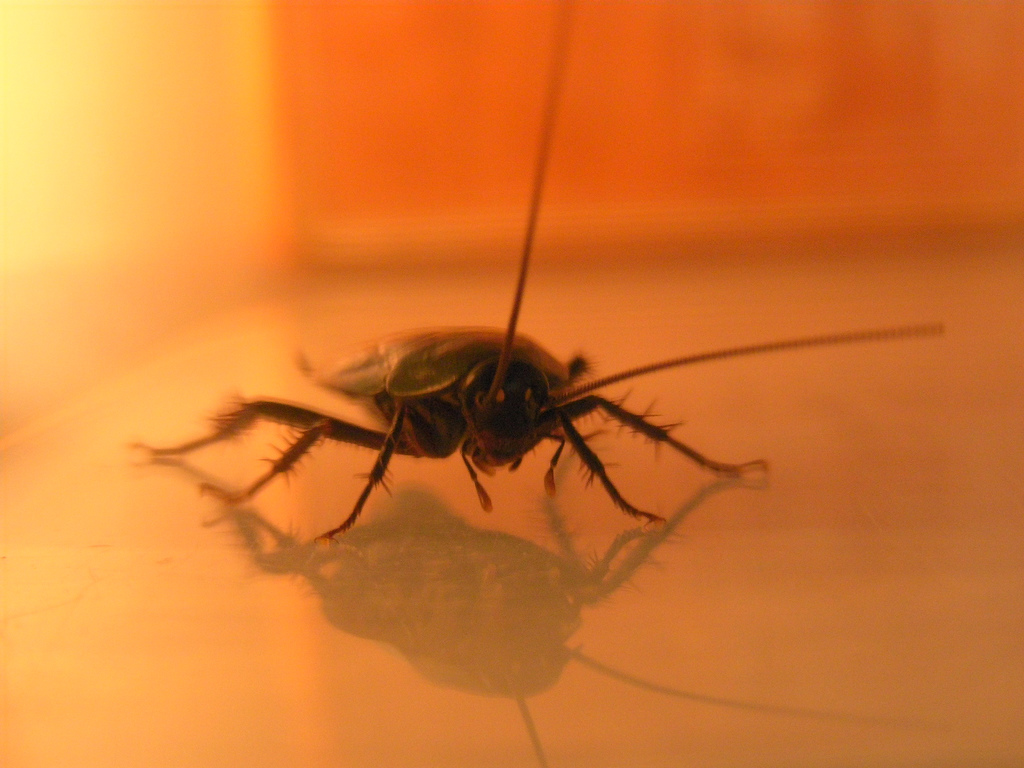How do I get rid of roaches?

They not only make us squirm and jump, cockroaches’ tendency to dwell around waste deposits and in kitchen areas make these pests apt to spreading diseases. There are several different kinds of cockroaches, with some able to emit odors, and others able to produce sounds, such as hissing or chirping. These insects will enter our households through cracks, vents, sewers, drain pipes, or even on grocery bags and purses. But why is a home the ideal breeding spot for cockroaches?
A cockroach is a beetle-like scavenging insect with long antennae, six legs, and some with wings, although they’re still not likely to fly. One of the most common questions professionals receive about cockroaches is regarding their behavior toward humans. In fact, cockroaches are omnivores, feeding on both plants and animals, so while it’s not the norm, there have certainly been instances of cockroaches biting humans, causing lesions, irritation, and swelling.
Unfortunately, cockroaches reproduce quickly, as the female American roach, for example, will reproduce six to 90 times in her lifetime, with 15 embryos each time. This means that if you see one of these insects inside your home or business, there are likely many more, multiplying in well-hidden places. Moreover, cockroaches are great at hiding, and their eggs are naturally protected from the kind of insecticides you would find at the store. For these reasons, it is ineffective to try to handle a cockroach infestation without advanced equipment and professional knowledge.
Why are centipedes in my house?

While outdoor centipedes can be found in stacks of firewood, under piles of leaves, within rock crevices, or in tree bark, the house centipede tends to be located in kitchens, bathrooms, basements, and drains. In the case of a house centipede, their diet may be viewed as beneficial in that, as omnivores, they feed on cockroaches and other pests. However, their presence is only slightly effective and proves to be more of a nuisance than an advantage. Unfortunately, centipedes leave no trail behind to signal an infestation, but are usually spotted running quickly across walls, in a sink or tub, or on the ceiling.
Like all living things, centipedes have a specific preferred environment, and becoming knowledgeable of their inclinations can make it easier to protect against an infestation. Centipedes are more likely to arise in moist places, especially where there are cracks and crevices. It may be helpful to use a dehumidifier if there is any concern of a centipede infestation within the home. It’s also a good idea to keep mulch, rotting wood, leaf litter, etc., at least three feet away from the foundation.
If house centipedes become a problem, it’s best to seek the assistance of a pest management professional. The professionals at Squared Away Pest Control can help.
